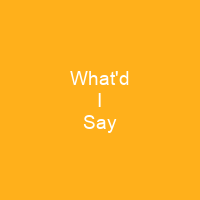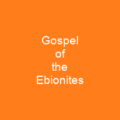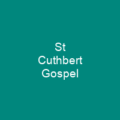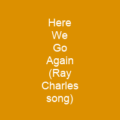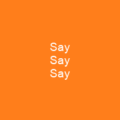The song is a combination of gospel and rhumba influences with sexual innuendo. It earned Ray Charles his first gold record and has been one of his most influential songs in R&B and rock and roll history. It also sparked a new subgenre of R&b titled soul.
About What’d I Say in brief

In December 1958, he had a hit on the R& B charts with “Night Time Is the Right Time”, an ode to carnality that was sung between Charles and one of them, Margie Hendricks, with whom Charles was having an affair. From 1954 into the 1960s Charles toured for 300 days a year with a seven-piece orchestra. He employed another Atlantic singing trio named the Cookies and renamed them the Raelttes when they backed him up on the road. Since 1956 Charles had also included a Wurlitzer electric piano on tour because he did not trust the tuning and quality of the pianos provided him at every venue. On the occasions he would play it, he was derided by other musicians. According to Charles’ autobiography, “I’m going to fool around and y’all just follow me”. Starting on piano, Charles played what felt right: a series of riffs, then switching to a regular piano backing up for four chororuses backed up by a unique Latin tumbao rhythm on the drums. The song changed when Charles began singing simple, improvised verses in a twelve-bar blues structure in a 12-bar Blues section. Some of the words are influenced by a boogie-woogie style that Ahmet Ertegun attributes to Clarence Clarence Smith who used to call out dancers to dance on the floor. Charles himself does not recall where the concert took place, but Mike Evans in Ray Charles: The Birth of Soul places the show in Brownsville, Pennsylvania.
You want to know more about What’d I Say?
This page is based on the article What’d I Say published in Wikipedia (as of Nov. 05, 2020) and was automatically summarized using artificial intelligence.
